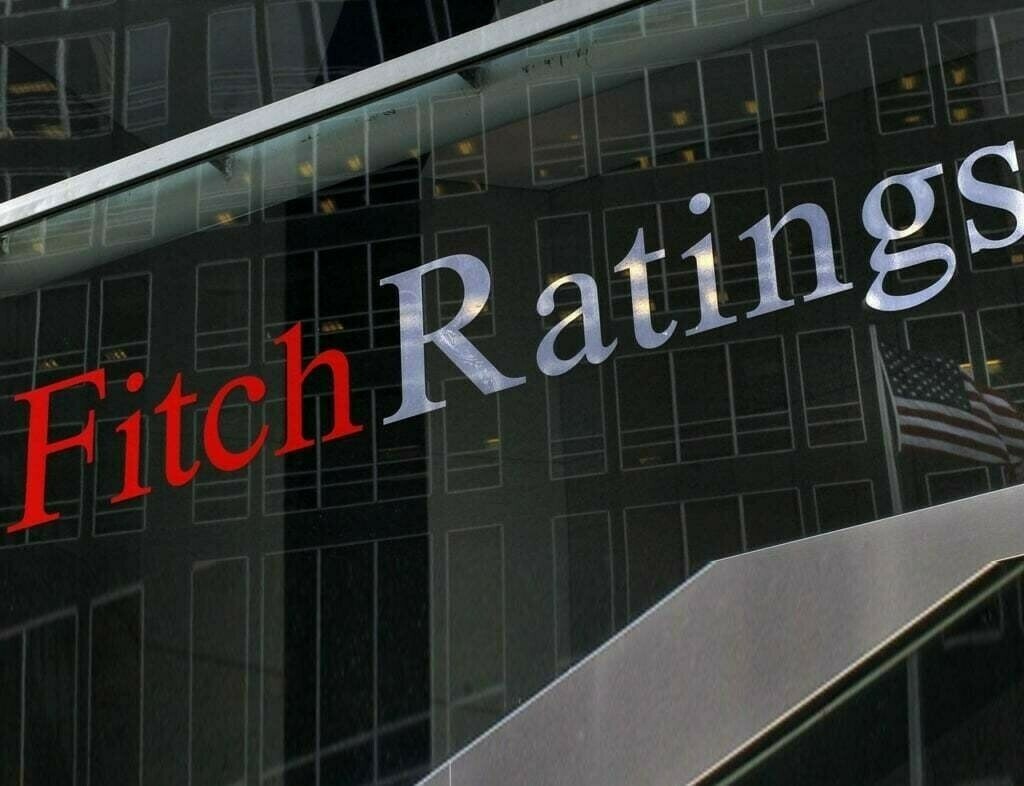Fitch Ratings has acknowledged Pakistan’s ongoing economic stabilization efforts while emphasizing the importance of structural reforms in ensuring sustainable progress.
The global credit rating agency projects Pakistan’s economic growth at 3% for the fiscal year 2024-25 (FY25). However, the successful implementation of critical reforms remains essential for continued financial support from international institutions, including the International Monetary Fund (IMF).
Additionally, Pakistan has announced a $20 billion, 10-year financing framework with the World Bank Group, which aligns with the country’s long-term financial strategies. The World Bank’s existing project portfolio for Pakistan stands at $17 billion, with annual lending averaging around $1 billion over the past five years.
Fitch Ratings expects that new bilateral capital inflows will become increasingly commercial and conditioned on structural reforms. Recent developments highlight this shift, including:
Bilateral Capital Flows and Commercial Agreements
- Pakistan’s negotiations with Saudi Arabia for a partial sale of the government’s stake in a major copper mine.
- A deferred oil payment facility agreement between Pakistan and Saudi Arabia.
These agreements reflect Pakistan’s strategy to attract commercial investments while ensuring liquidity for economic growth and stability.
Pakistan’s economic activity has shown resilience despite tight policy measures. Recent improvements in macroeconomic stability and declining interest rates have helped revive private-sector credit growth, which turned positive in real terms in October 2024—for the first time since June 2022.
As a result, consumer price inflation fell sharply to just over 2% year-on-year in January 2025, a significant decline from an average of nearly 24% during FY24.
The State Bank of Pakistan (SBP) has played a pivotal role in stabilizing the economy by adjusting monetary policies. In a landmark decision on January 27, 2025, the SBP lowered its policy rate to 12%, following notable progress in controlling inflation.
Disinflation and Consumer Price Trends
- Tighter monetary policies, which curbed excessive domestic demand.
- Exchange rate stability, driven by earlier foreign exchange market reforms.
- Reduced inflationary pressures, as subsidy reforms and external financing constraints eased.
Pakistan has successfully transitioned its current account into a surplus amid stringent policy measures. Key contributors include:
- Strong remittance inflows.
- Robust agricultural exports.
- Tight fiscal and monetary policies.
For the six months ending December 2024, Pakistan reported a current account surplus of approximately $1.2 billion (over 0.5% of GDP), a remarkable turnaround from the deficit recorded in FY24.
Foreign exchange reforms implemented in 2023 have also played a critical role in stabilizing currency markets and improving investor confidence. Fitch, which upgraded Pakistan’s rating to ‘CCC+’ in July 2024, had anticipated a slight widening of the current account deficit in FY25. However, recent trends suggest better-than-expected economic performance.


